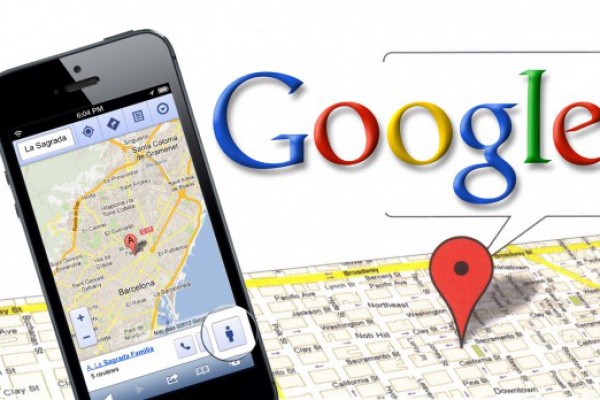A fascinating thing is taking place with what used to be separate classes of businesses: Retailers who trade in different channels, direct-reply devotees and organizations interested in brand making are all shifting to the same marketing strategies.
At a single time, multichannel sellers sold typically in stores and through catalogs and call centers. Nowadays, with catalogs in cordon from mailing charges and eco-aware shoppers, those similar sellers wish to learn regarding e-commerce and selling through mobile.
A significant lead generation method is to extract addresses from Google maps. It can be used to produce significant leads.
Direct-reply promotion and branding have perceived an even more distinguished hazing of once-clear differences. The direct promotion has always traumatized hard-framed metrics: How much did it charge to get this client, from lead via final sales adaptation, and what return did that acquiesce on our outlay? By difference, brand marketing dealt in yielding metrics like wakefulness, lift and the price of keeping a message before thousands or millions of potential clients–with somewhat nonspecific anticipation that some of those will finally become clients.
That is no more the condition. Branding endorsement today looks a lot more same to direct-promotion campaigns in their drive to evaluate, to section the online spectators and to aim the highest-changing clients with the most appropriate ads, content as well as campaigns.
Then again, characteristic direct promoters now identify that the clients they once considered they were changing with a solely targeted deal may really have gone via a lot longer sales deliberation. In different words, that in fact brilliant e-mail campaign or blasting web deal–the one that got such a big number of clients to sign up for their newsletter or take up their white paper or use that tryout offer–may really have been just the fortunate last step in a much-extended sales conversion procedure.
The study of about 500 global marketers, companies and publishers observed that 65% of organizations enhanced their budgets for online lead production in 2010. 81% of respondents articulated that they produced leads online with the anticipation of changing them offline, via retail shops or call centers; that evaluated to 70% who articulated similar in 2009.
In sense of the lead generation strategies, they used mainly, optimizing web text to be obtained in a usual or organic search–the normal blue links that come about in a fundamental Google or Bing search–positioned as the mainly preferential tool. 90% of respondents took the SEO or search engine optimization path to get clients, evaluated to 77% of the earlier year. The E-mail came in the second position. And, pay-per-click or PPC ads–the text advertisements on the correct margin of Google pages that are connected to the keywords viewers’ type in the search box–were employed by 73% of advertisers.
A profound reliance on a search like a lead generation tool makes sense. If individuals are looking for details on your group or product, they are ready for a sales pitch from you.
As a minimum, it is somewhat definite that these marketers are employing social networks to check the plea of content and different offers beforehand increasing a more conservative lead generation campaign through e-mail, snail mail or a different channel. And, they are employing what they learn via social media networks to section their clients and modify offers to particular groups, depending on all due to purpose to purchase to lifetime worth.
Overall, marketers are approaching to find that successful lead generation is not just related to firing out many messages. It is about getting the correct message to the correct client at the correct time.

